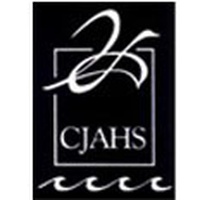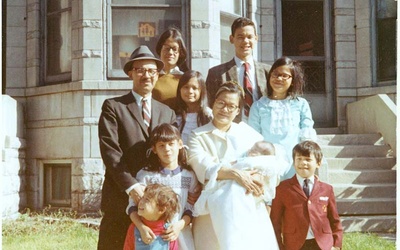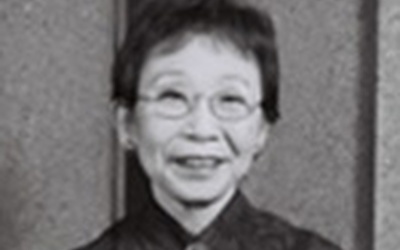Voices of Chicago

The articles in this series were originally published in Voices of Chicago, the online journal of the Chicago Japanese American Historical Society, which has been a Discover Nikkei Participating Organization since December 2004.
Voices of Chicago is a collection of first-person narratives about the experiences of people of Japanese descent living in Chicago. The community is composed of three waves of immigration, and their descendants: The first, about 300 people, came to Chicago around the time of the Columbian Exposition in 1899. The second, and largest, group is descended from 30,000 who came to Chicago directly from the internment camps after World War II. Called the “ReSettlers,” they created a community built around social service organizations, Buddhist and Christian churches and small businesses. The third, more recent, group are Japanese nationals who came to Chicago, beginning in the 1980s, as artists and students and remained. A fourth, non-immigrant, group are Japanese business executives and their families who live in Chicago for extended periods, sometimes permanently.
Chicago has always been a place where people can re-create themselves, and where diverse ethnic communities live and work together. Voices of Chicago tells the stories of members of each of these four groups, and how they fit into the mosaic of a great city.
Visit the Chicago Japanese American Historical Society website >>
Stories from this series
Do You Know Kung Fu? - Part 1
Jan. 11, 2011 • Larry Wiley
I was born August 19th, 1961 at the University of Chicago Lying-in Hospital, on the south side of Chicago. My father, Joseph Earl Wiley, hails from a prominent family in Pine Bluff, Arkansas. His father, Joseph Elias, graduated from Tuskegee Institute, class of 1914, and served with distinction as an officer in the 92nd Infantry in WW I. My mother, Frances Sumiko Yoshida was interned with her family in Poston, AZ in WWII. She grew up in Lindsey California the …
My Life Between Two Cultures - Part 2
Nov. 8, 2010 • Kyoko Inoue
>> Part 14. The Inoue Family Meets Their American RelativesIn 1942, my relatives, like all the West Coast Japanese and Japanese Americans, were shipped to a concentration camp. They were initially sent to Tanforan Race Track in California, and then, I believe, to Tule Lake. I know nothing about their lives in the camp because I do not recall my mother ever speaking about them. In 1946, my younger uncle was drafted into the United States Army and was sent …
My Life Between Two Cultures - Part 1
Nov. 1, 2010 • Kyoko Inoue
I have lived in the United States since 1968. While I have adjusted well to life in America, I have also tried to maintain my Japanese identity. My upbringing and experience have led me to live a life between two cultures. 1. The Beginning: My Maternal Family in America My life between two cultures began when my maternal grandfather, born in 1867 in Kyushu, decided that he wanted to emigrate to the United States. In 1887 he arrived in San …
Hiroshima Story - Part 3
July 8, 2010 • Sachiko Masuoka
This is a story told by Sachiko Masuoka about living through the atomic bombing of Hiroshima.>> Part 2We went to the fist aid station many times, but the scene was so terrible that I could not watch. I just covered my eyes. There was not enough help and it was humid and hot everyday. The flies were all over the burn patients. They planted eggs in their wounds, which, in a few days, turned into maggots. Soon they were covered …
Hiroshima Story - Part 2
July 1, 2010 • Sachiko Masuoka
This is a story told by Sachiko Masuoka about living through the atomic bombing of Hiroshima.>> Part 1That night (the 7th), mother came home late in the evening and told us about the death of my younger sister, who was 14 years old. She was at the school grounds for the opening ceremony at the nearby junior high. The school was near the epicenter. After the bright lightning flash (pika), the surroundings became dark. While one wondered what to do, …
Hiroshima Story - Part 1
June 24, 2010 • Sachiko Masuoka
This is a story previously told by Sachiko Masuoka about living through the atomic bombing of Hiroshima.I would like to welcome all of you. Thank you for the introduction. My name is Sachiko Masuoka. I would like to speak to you as I remember my experience when the atomic bomb was dropped on Hiroshima 63 years ago. At 8:15 a.m. on August 6, 1945, we were all lined up for the morning ceremony, as all Japanese schoolchildren do. At that …





























